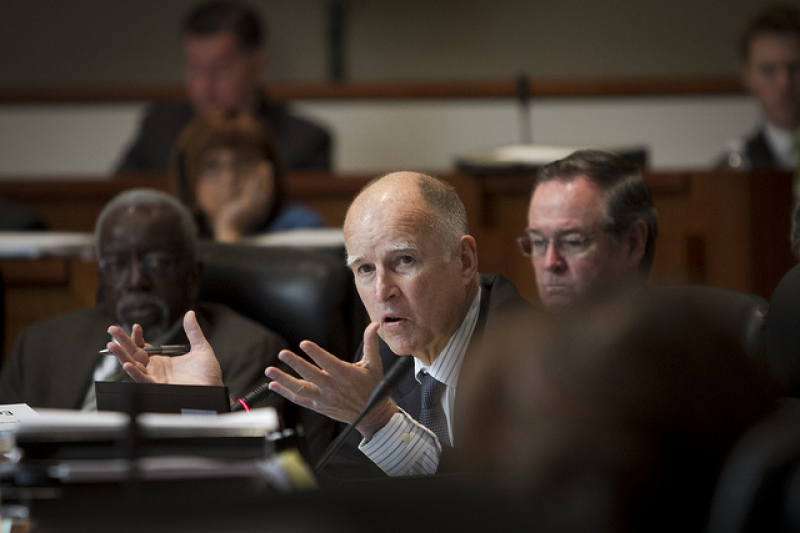
The California State Board of Education unanimously approved the implementation of a law that will require the state's public schools to include LGBT history in their curriculums for social science and history classes.
On July 14, a new History-Social Science Framework for California Public Schools was adopted by the board which will include lessons covering key historical figures of the LGBT movement, different family structures, gender roles, as well as the 2015 Supreme Court ruling that legalized same-sex marriage across all 50 states. Inclusion of these topics will start as early as second grade and will take effect immediately.
Peter Tira, an information officer for the state's Department of Education, says that the goal is to have the updated curriculum in place by the 2016-2017 school year and updated textbooks by 2017, CNSNews reports.
Randy Thomasson, president of SaveCalifornia.com, helped lead opposition to the bill and has spoken out against its passage.
"SB 48 has no parental opt-out. The only way parents can opt-out their kids from this immoral indoctrination is to opt them out the entire public school system, which is no longer for morally-sensitive parents and their children," Thomasson said in a statement.
"This is a priority when fewer than 3 out of 10 kids in California public schools are taught to read proficiently?" he asked.
In 2011, Gov. Jerry Brown signed the Fair, Accurate, Inclusive and Respectful (FAIR) Education Act, which mandated the inclusion of LGBT history in the context of the history of California and the United States. Though the bill took effect in January 2012, the implementation of the bill was stalled by opposition and failed attempts to repeal the law, along with budget cuts.
The law also includes an update to California's current education code to also cover "...a study of the role and contributions of both men and women, Native Americans, African Americans, Mexican Americans, Asian Americans, Pacific Islanders, European Americans,"¦ persons with disabilities and members of other ethnic and cultural groups, to the economic, political, and social development of California and the United States of America."



















